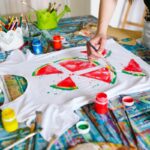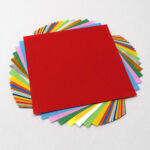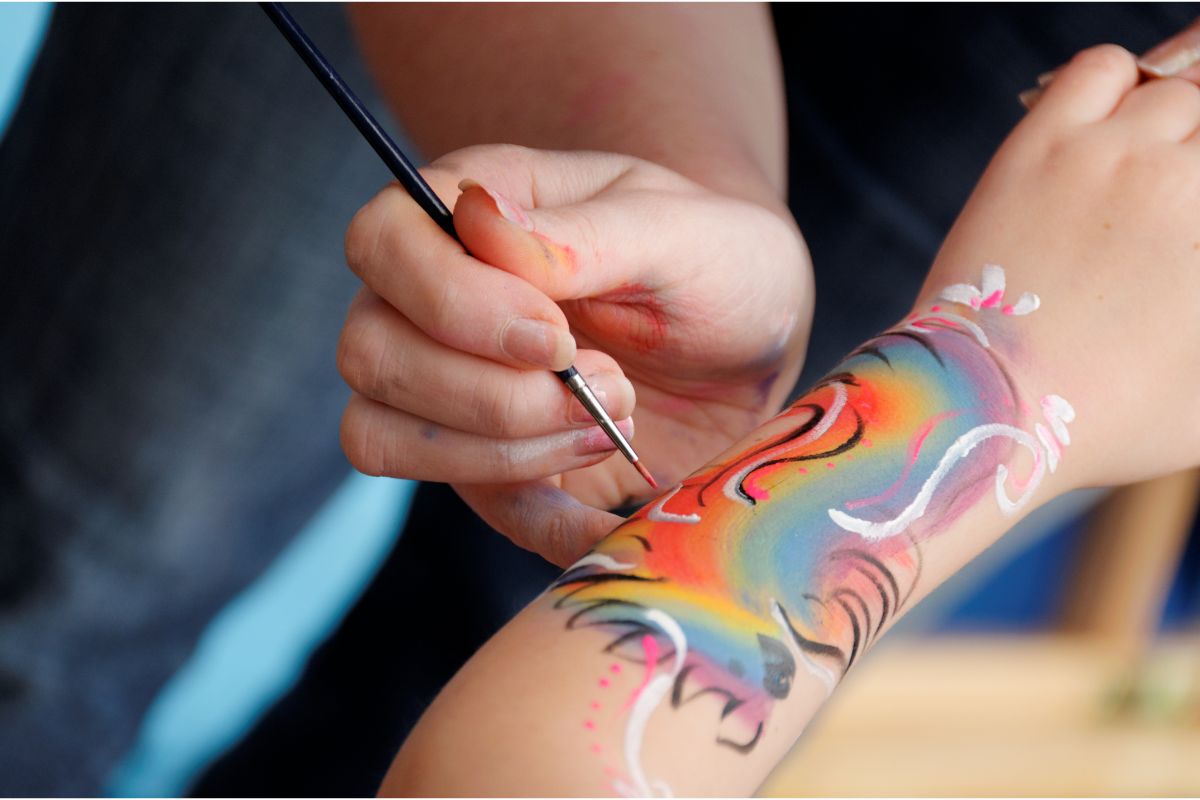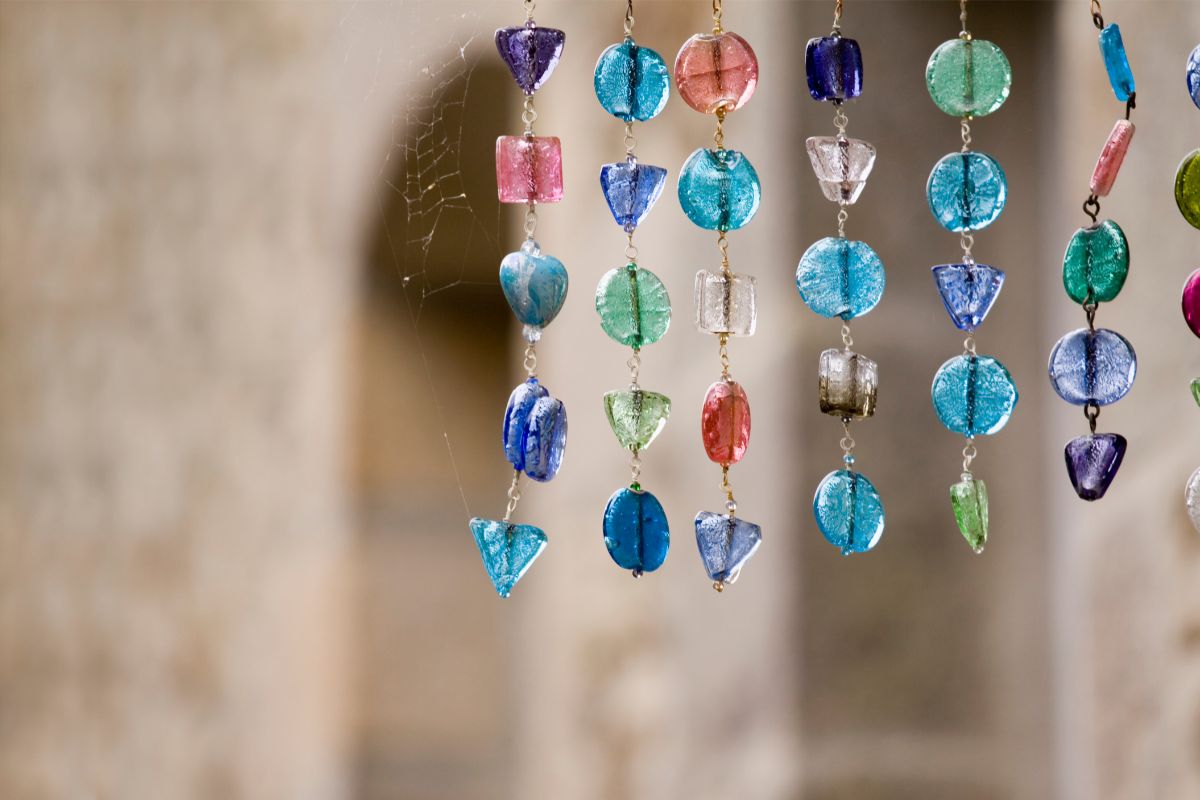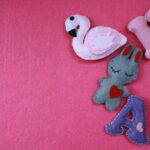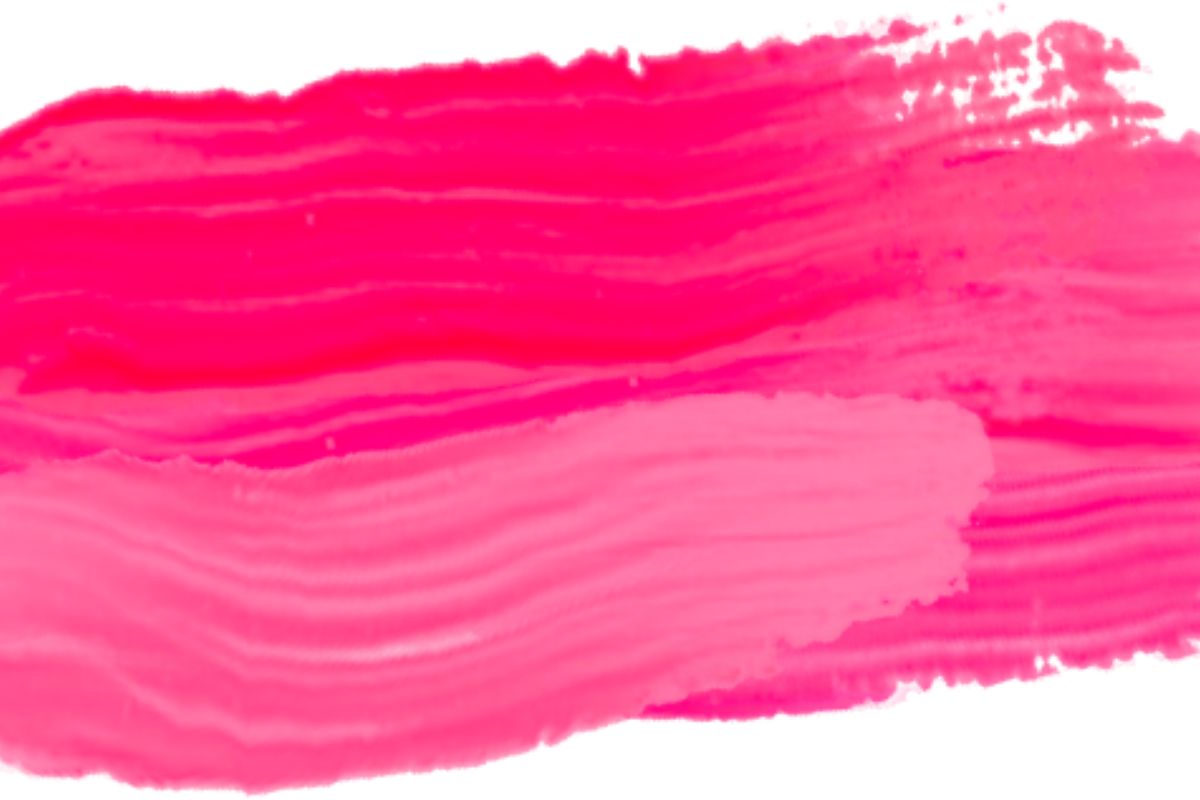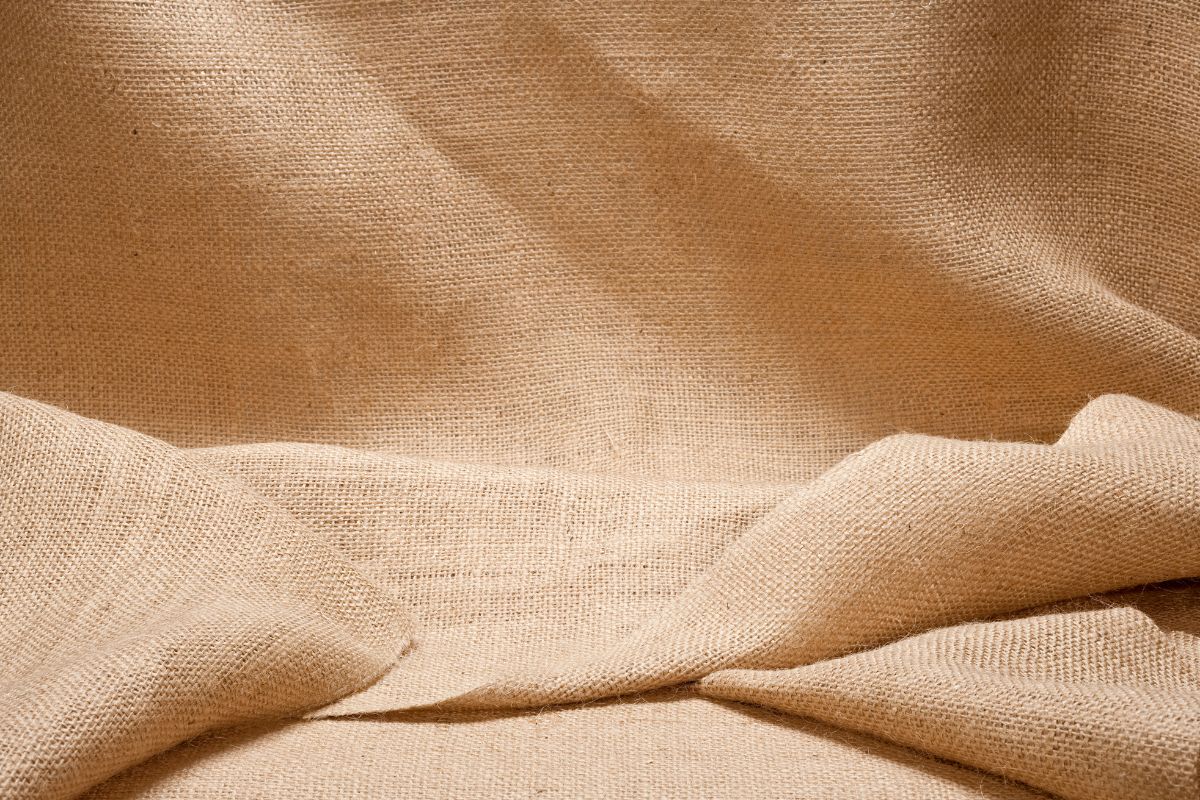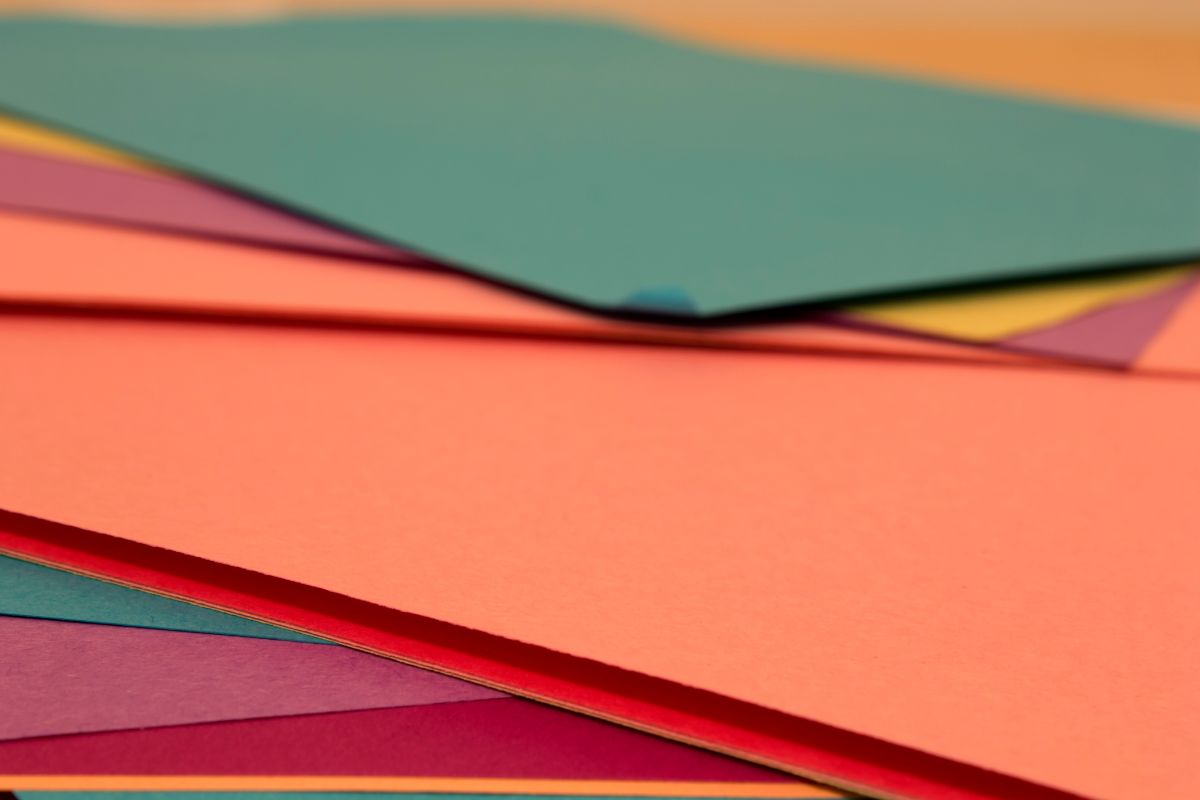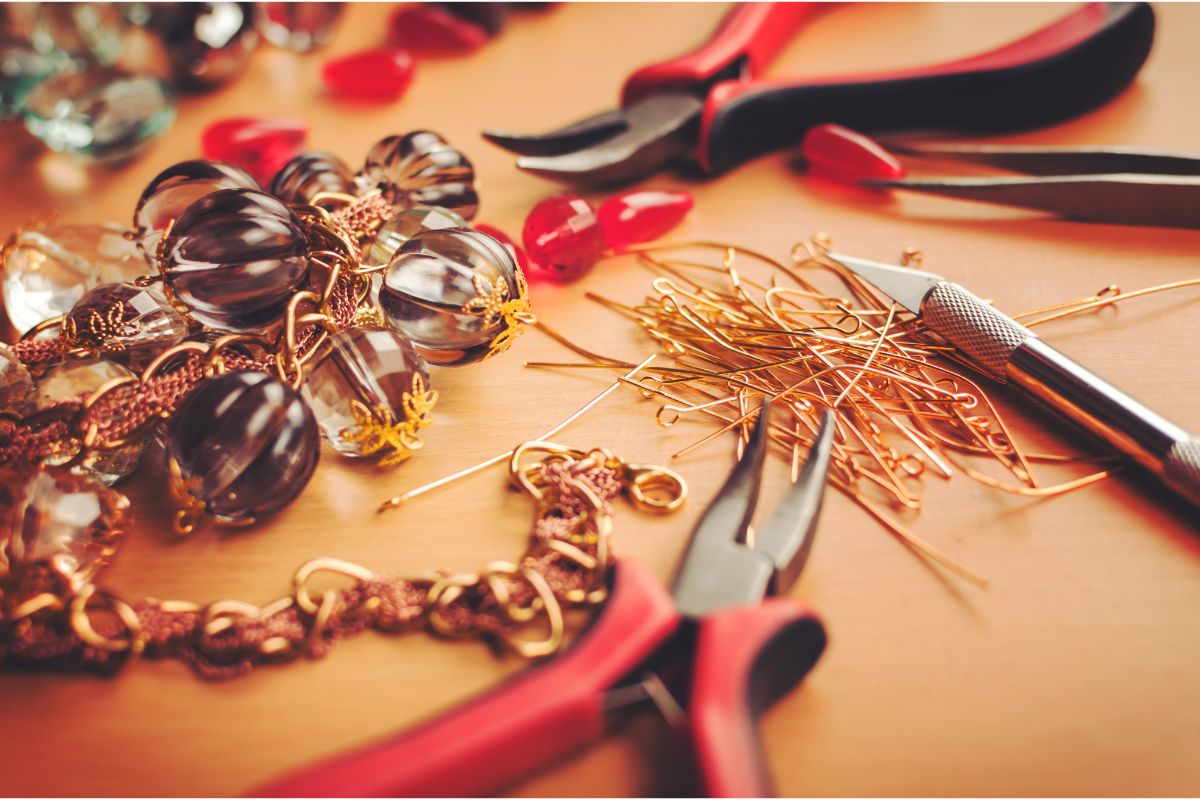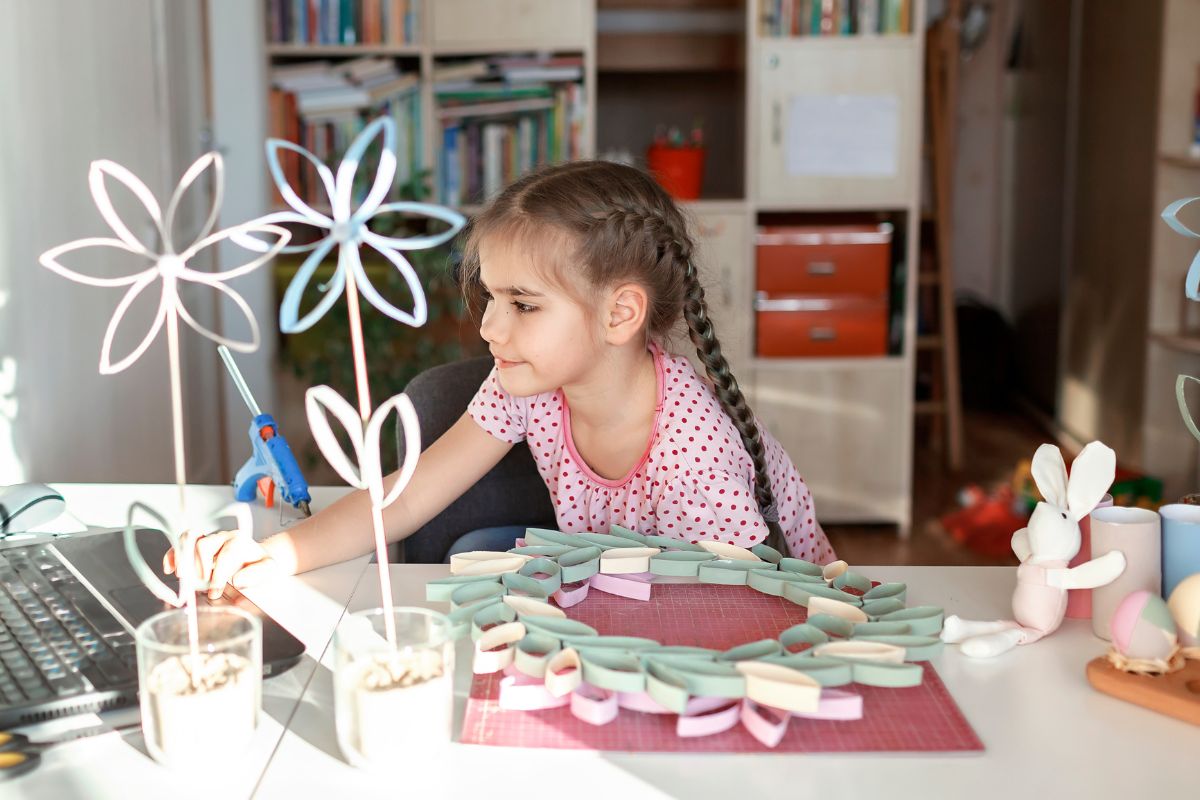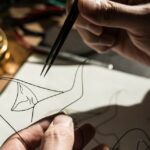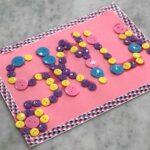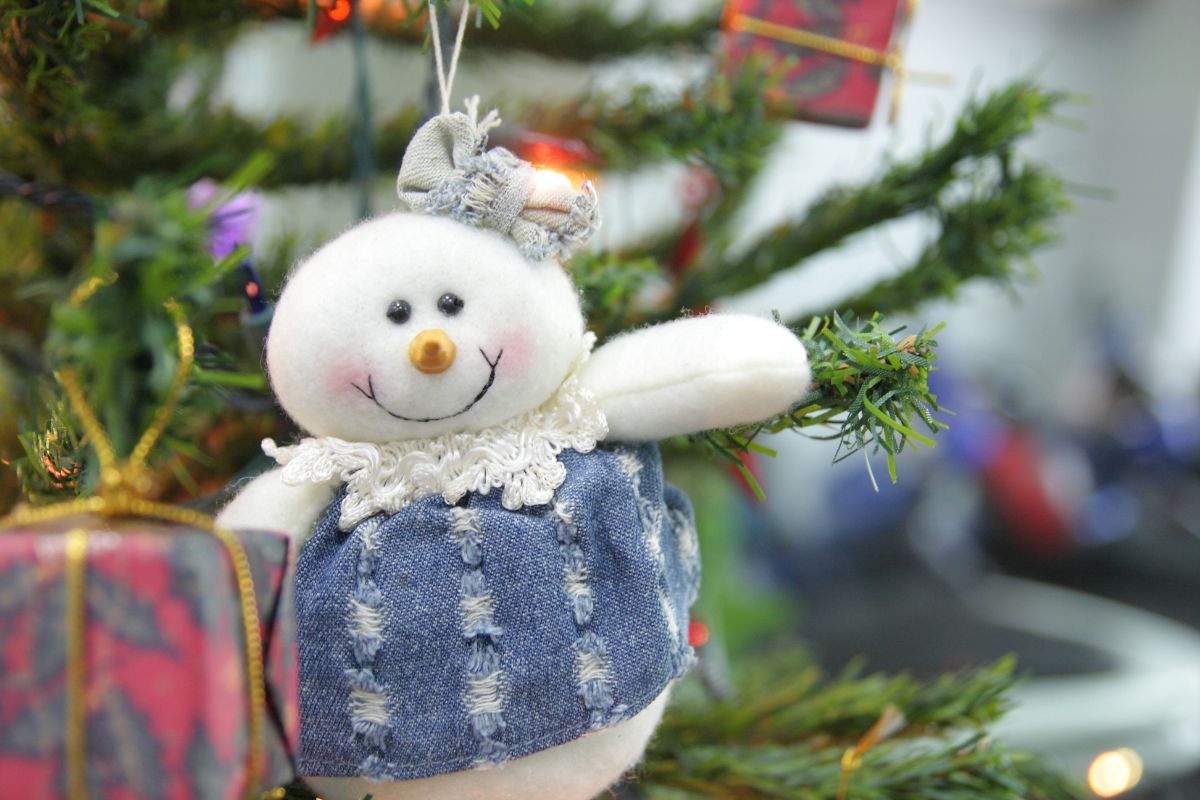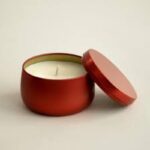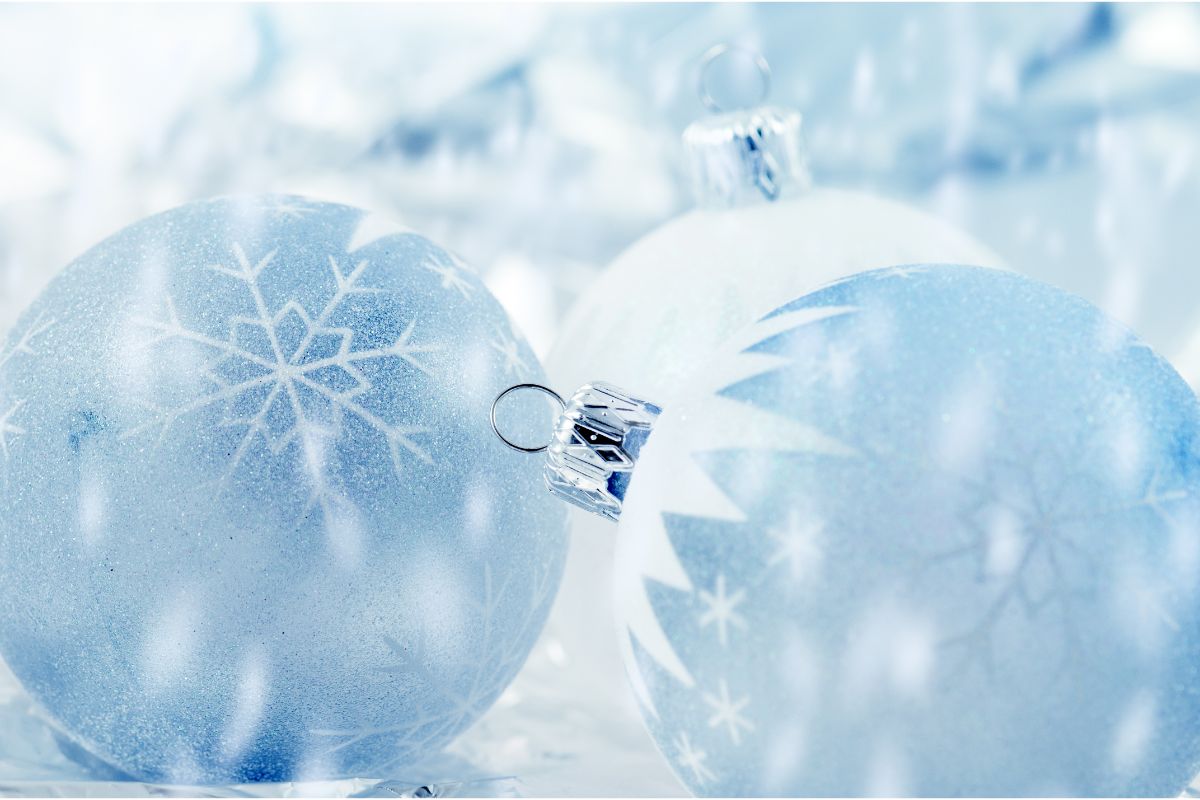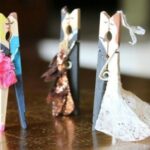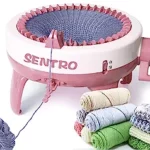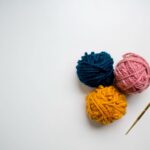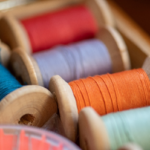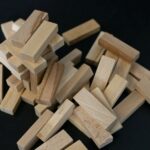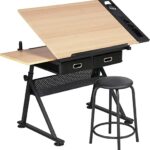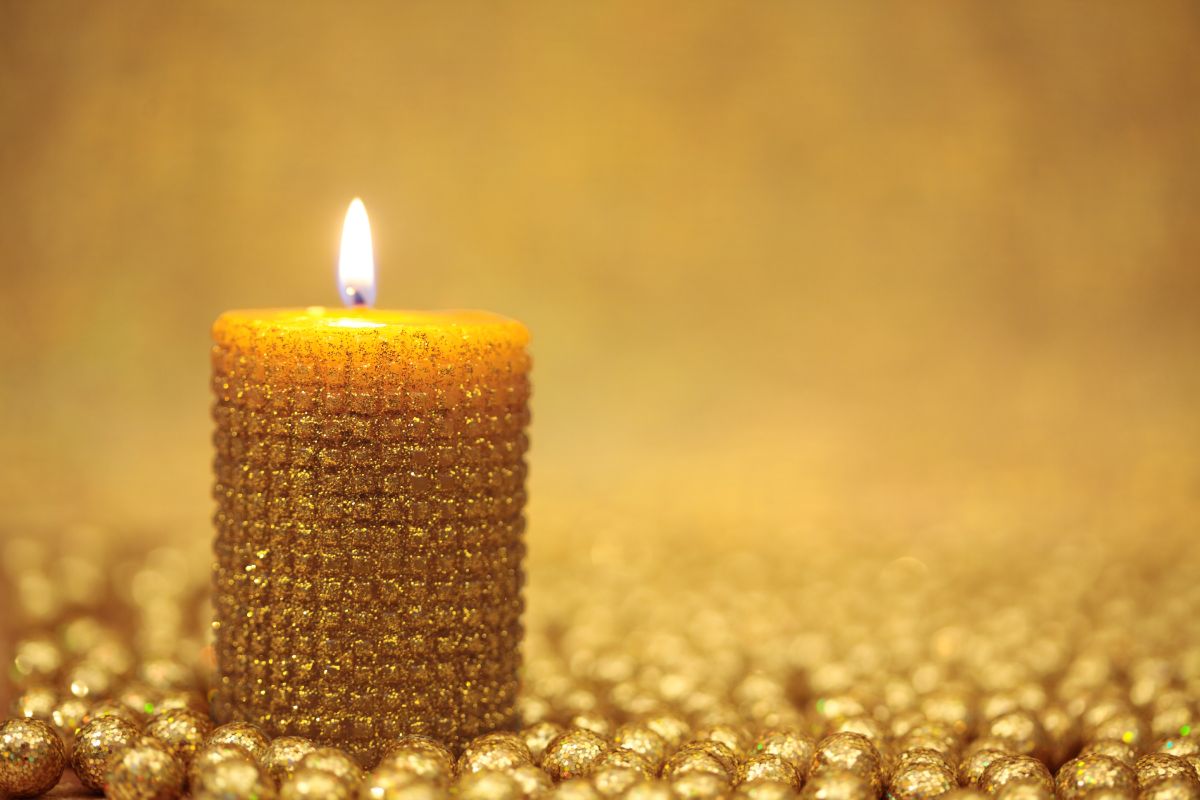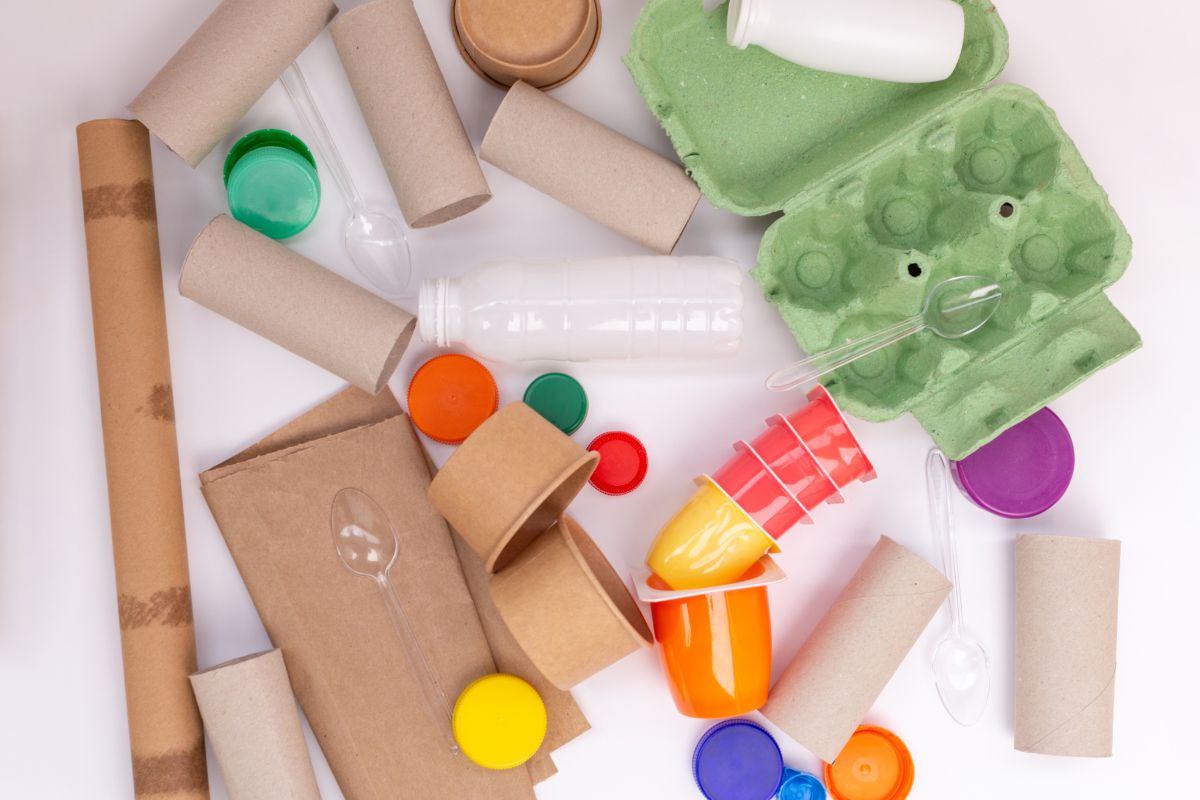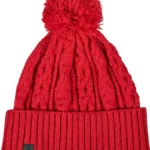You’ve just finished knitting the most beautiful baby blanket and are ready to show it off to all of your friends. As you admire your work, you suddenly realize that the size of the blanket isn’t quite right – it’s too small for a standard crib!
You could start over, or you could save yourself time and effort by frogging in knitting. Frogging in knitting is a technique used to unravel or undo previously worked sections of your project without having to completely start over.
This can be done for a variety of reasons such as fixing mistakes, adding another skein of yarn, or adjusting the size of the project. It simply involves using a crochet hook or special frogging tool to pull out each individual stitch until you reach the desired length or shape. To make sure you don't end up with an even bigger mess than before, there are some tips and tricks to mastering this technique.
For starters, frogs jump back one stitch at a time – so make sure you count as you go so you don't miss any stitches! It also helps to use bright colors and clear labels on all of your yarns so that you can easily see when a mistake has been made and rework it if necessary.
Additionally, avoid frogging sections with intricate patterns since they'll be more difficult to recreate once undone. So instead of starting from scratch on that baby blanket, take a few minutes to learn how frogging in knitting can help save time and frustration when fixing mistakes or adjusting sizes!
What is Frogging in Knitting: Embracing Mistakes and Unraveling for Perfection
As a knitter, you've likely encountered the term "frogging" at some point in your knitting journey. While it might sound whimsical, frogging is an essential aspect of the craft that involves unraveling or ripping out your knitting work. The name "frogging" comes from the sound "rip-it, rip-it," resembling the croaking of a frog, which you might find yourself doing when you undo your stitches. Although frogging can be frustrating, it is a valuable tool in a knitter's arsenal, allowing us to correct mistakes, refine our work, and achieve perfection in our projects.
When to Frog: Recognizing the Need
Frogging becomes necessary when you encounter mistakes in your knitting, such as dropped stitches, incorrect stitch counts, or misaligned patterns. It's a way to fix errors that are beyond simple tinkering (unraveling one stitch at a time) or using a lifeline (threading yarn through a row for easy recovery). When your mistake seems too extensive to repair or would negatively impact the overall look of your work, it's time to embrace frogging.
The Frogging Process: Tread Carefully
Frogging can be both liberating and nerve-wracking. Here's how to do it effectively:
Evaluate the Situation: Before ripping out your knitting, assess the mistake and its impact on the project. Take a deep breath and remember that mistakes happen to even the most seasoned knitters.
Unravel Slowly: Start unraveling from the bottom of your work and do it slowly, stitch by stitch. This helps prevent further errors or tangling of yarn.
Use a Safety Line: If you're hesitant about frogging, consider threading a contrasting yarn through the stitches on a row above the mistake. This safety line ensures you don't lose more progress than necessary and can easily return to a known point.
Winding the Yarn: As you unravel, wind the yarn into a skein or ball to avoid a tangled mess.
Stay Organized: Keep track of your stitch count and pattern repeats so that you can restart smoothly.
The Emotional Side of Frogging: Dealing with Frustration
Frogging can be emotionally challenging, especially if you've put significant time and effort into your project. It's essential to remind yourself that frogging is part of the learning process and a chance to improve your skills. Instead of feeling defeated, embrace it as an opportunity to grow as a knitter and produce a more polished result.
Frogging for the Sake of Perfection
Frogging isn't just for fixing mistakes; it can also be a strategic choice for perfectionists and those seeking impeccable results. When you feel dissatisfied with a project's tension, color choices, or overall appearance, frogging might be the key to achieving your desired outcome. Taking a step back and reevaluating your work can lead to a more harmonious and satisfying finished product.
Avoiding the Need for Frogging: Tips for Careful Knitting
While frogging is an essential skill, it's equally essential to minimize the need for it. Incorporate these practices into your knitting routine to reduce the chances of mistakes:
Read and Mark Your Pattern: Carefully read and mark your knitting pattern before you begin. Highlight repeat instructions, crucial stitch counts, or areas where errors are most likely to occur.
Use Stitch Markers: Place stitch markers to indicate significant points in your pattern or sections that might be prone to mistakes.
Count Regularly: Count your stitches at the end of each row or repeat to ensure you're on track.
Lifelines: Insert a lifeline after completing a trouble-prone section. If you make a mistake, you can easily rip back to that point without unraveling your entire work.
Embrace the Process: It's All Part of the Journey
Frogging can be disheartening, but it's an integral part of the knitting process. It teaches us patience, resilience, and the value of attention to detail. As you gain more experience, you'll become better at recognizing and avoiding mistakes, reducing the need for frogging. However, remember that even experienced knitters frog their work from time to time. Knitting is an art, and like any art form, it involves experimentation and learning from our mistakes.
Conclusion
Frogging in knitting is not just about unraveling stitches; it's about growth, improvement, and the pursuit of perfection. It may seem like a setback, but it's an opportunity to refine your skills and create something you're truly proud of. Embrace the process, stay patient, and remember that every frogged project is a step closer to becoming a more accomplished and confident knitter. Happy knitting and frogging!
To find out more about knitting, please visit any of the following areas:
- How to sew together knitting
- What is brioche knitting
- How to join yarn in knitting
- How to join in the round knitting
- How to finish a knitting scarf
- How to make a slip knot for knitting
- How to switch colors knitting
- How to hold yarn when knitting
- What does kfb mean in knitting
- How to fix a dropped stitch in knitting
- How to hold knitting needles
- What is frogging in knitting?
- How to change colors in knitting
- How to count rows in knitting
- How to increase in knitting
- How to slip stitch knitting
- How to yarn over in knitting
- What is a knitting loom?
- How to make bobbles in knitting?
- Where can I buy sentro knitting machine?
- What can you make with a sentro knitting machine?
- Cricut Hat Press: A Comprehensive Guide on Usage - August 13, 2023
- Unlocking Creativity with the Cricut Joy: A Comprehensive Guide - August 12, 2023
- The Ultimate Guide to the Cricut Maker Bundle - August 11, 2023


